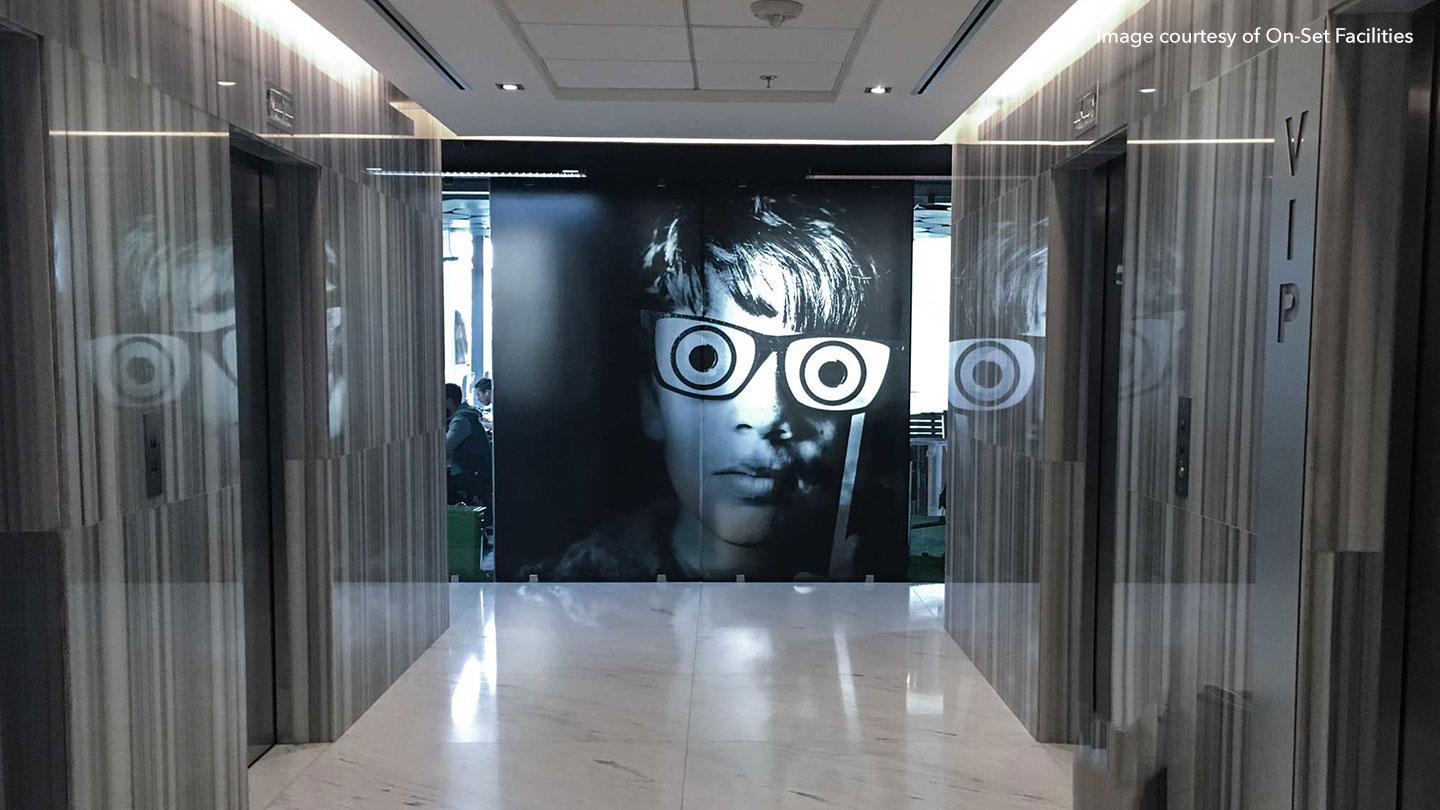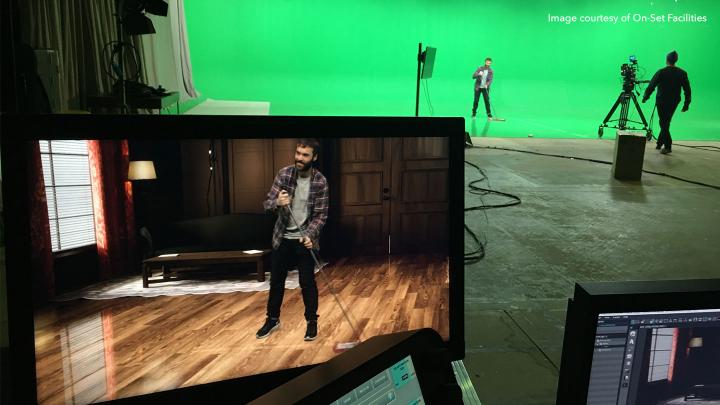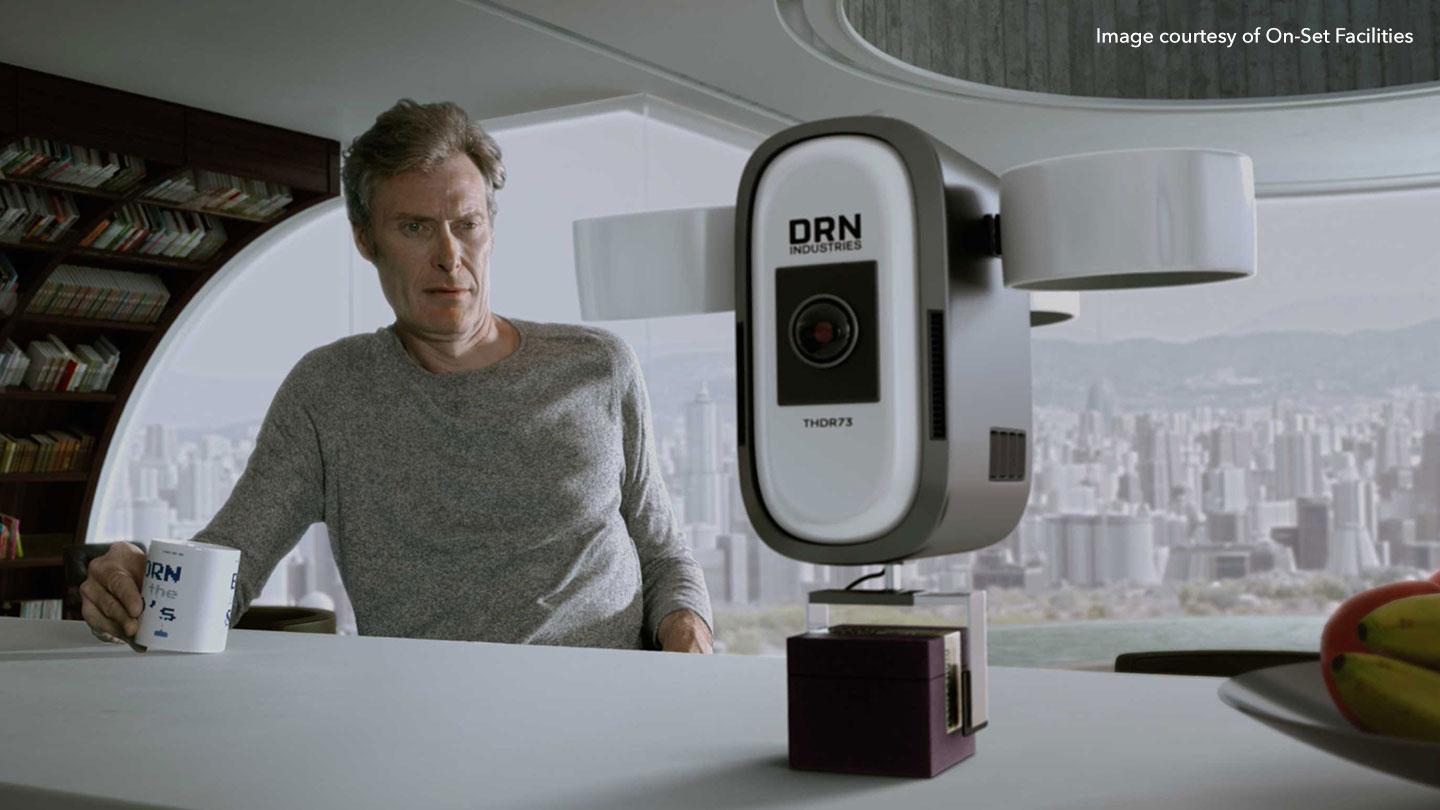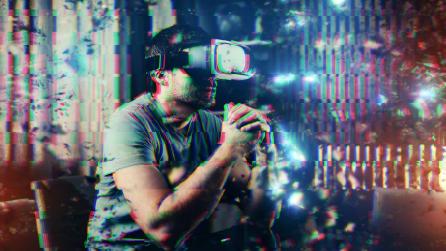My real-time production philosophy: an interview with Asa Bailey
Asa Bailey is a screenwriter, producer, director and novelist - and somehow, in between all of that, he had time to found On-Set Facilities, a British technology company with ambitions of becoming the world’s leading system integrator of real-time and virtual production solutions. Foundry Trends caught up with Asa to discuss his career, his real-time philosophy and his views on the sector.
Foundry Trends (FT): You’ve had a varied career up to this point, Asa. How did you end up setting up a service production company?
Asa Bailey (AB): I started out in advertising and design, but began making viral videos. This was all before Youtube, but even so my work was achieving around 20 million views. Back then there was no such thing as pre- or post-production - we just didn’t have the budgets. We had to learn how to shortcut things.
At the start I was scrabbling round on budgets of $5,000, but at the height of that period I was directing the likes of Jackie Chan in Hong Kong, on multi-million-dollar projects. The decision to set up On-Set Facilities (OSF, originally called Mum & Dad) came after traveling around the world on these projects, and constantly wanting to find a way to optimise the pipeline.

FT: How did you move into real-time production work?
AB: We’d been doing the on-set side of things - editing, colour-grading, the IT side of things - from day one. Our work with real-time has come about slowly as the technology has become available, from GPUs to rendering - it wasn’t something we came across and thought: “oh, that’s clever!” It grew from the company philosophy of doing everything faster, while squeezing out everything we can for greater optimisation.
That philosophy has done us well so far. From setting up the company with my wife, we now have a studio in Mexico and we’re leading the development of real-time production development at Pinewood Studios.
FT: What stands you out in your field?
AB: I don’t think anyone can put us in a box, and if they tried to they’d be wrong. We firmly believe that all good technology needs to have mass-adoption, so we’re totally against proprietary systems within real-time production. That’s not the way to go, especially as there are so many levels and usages within the space.
What we’ve been doing is pulling technologies from all sorts of fields - from broadcast to game development. I think our heritage is pretty unique, as we’re from a background of digital optimisation, and our outlook is maybe slightly more “Silicon Valley” than our peers.
FT: What’s the thing that most excites you most about the real-time production space?
AB: “Real-time production” itself isn’t something that can be entirely put into one box and sold as “you must buy this”. In fact, that’s been one of the biggest hurdles to mass adoption.
This space is a mad, crazy place to be - with so many different solutions and technologies coming up all the time. The wave that’s in progress has completely overtaken the companies that have tried and failed to create a one-size-fits-all, black-box solution. People don’t want that. They want to have access to the technology, the pipeline or the people - so they can do it themselves.


FT: You’ve just hinted at a hurdle to mass adoption there. Is there anything else that’s holding real-time production back?
AB: I’d say the biggest hurdle is with the producers. The tech guys like myself can see the way the industry’s going, and so can the rest of the VFX industry. The problem is at the business end. The film industry has a long heritage of doing things just because they’ve been done for a long time - when producers and investors are used to a certain type of production, they’re more receptive to it.
Of course, real-time involves a lot of pre-production. That means diverting funds that would usually be spent in post. I think we need to educate some of the financiers in the film industry that the old model is changing, but that they should embrace it.
FT: What would that look like? Could it be as simple as consistently producing great work using real-time?
AB: Pretty much. The one thing is that people think there’s an immediate cost-benefit. There is, of course, but - more than that - it’s about creating more opportunities for filmmakers. It’s about giving them more options to be as creative as possible.
FT: Where does OSF go from here?
AB: Directing is a lifelong career, but I’m really lucky in that I got the majority of the creative monkeys off my back early on in my career. Now, with OSF, we can just help people. We want to continue to work with directors and help bring their vision to life through real-time production.
Real-time is for everyone - that’s the main message we want to spread by working hand-in-hand with others.
Want to read more about real-time production? Check out our article Real-time production: barriers and opportunities!


